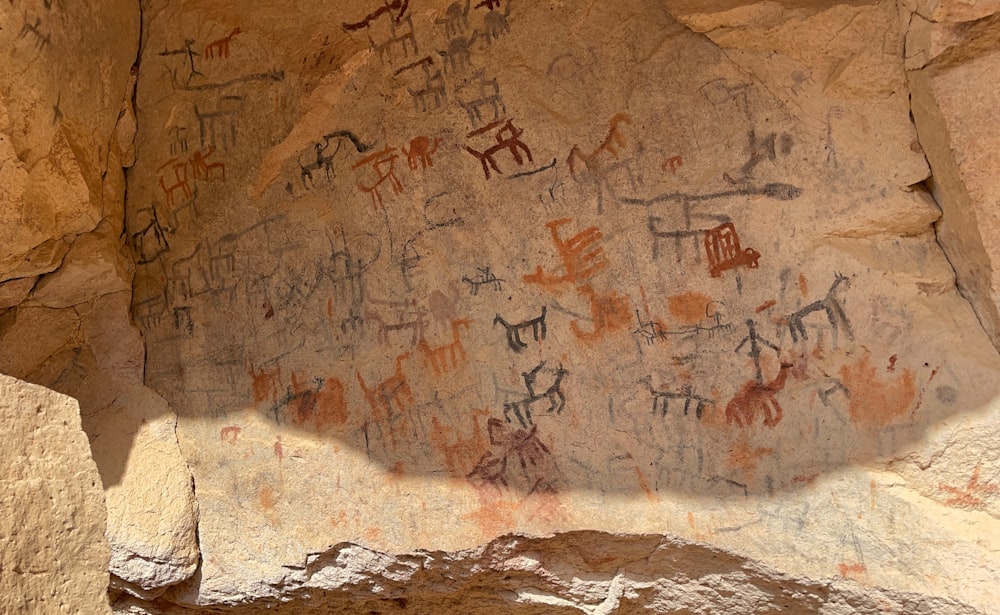Celebrating Diversity through Creativity
Art has long been intertwined with cultural identity, serving as a powerful medium for expressing, preserving, and celebrating diverse cultures around the world. It holds the ability to transcend language barriers, bridging gaps between different communities and fostering a deeper understanding of one another. This article explores the profound role of art in shaping cultural identity and the ways in which it celebrates diversity through creativity.
- Cultural Identity: The unique combination of beliefs, values, traditions, and artistic expressions that define a particular group or community.
- Artistic Expression: The use of various art forms, such as visual arts, music, dance, literature, and theater, to communicate cultural narratives and perspectives.
- Cultural Preservation: The act of safeguarding and promoting cultural heritage through artistic practices and activities.
Throughout history, art has played a pivotal role in the formation and preservation of cultural identity. From ancient cave paintings to religious artworks, cultural artifacts have reflected the beliefs, customs, and aesthetics of different societies. Art has been a means of storytelling, passing down ancestral knowledge, and asserting cultural pride. In diverse regions across the globe, indigenous art forms have contributed to the resilience and continuity of cultural identities.
In the present day, art continues to evolve as a reflection of cultural diversity and social dynamics. Artists from various backgrounds draw inspiration from their heritage, infusing their creations with personal narratives and cultural symbolism. Contemporary art movements, such as multicultural art, Afrofuturism, and diasporic art, challenge traditional boundaries and explore new dimensions of cultural identity. Museums, galleries, and cultural institutions strive to showcase diverse artworks and create spaces for intercultural dialogue.
Research and Evidence: Numerous studies have highlighted the positive impact of art on cultural identity. Research has shown that exposure to diverse artistic expressions promotes empathy, intercultural understanding, and a sense of belonging. Art-based interventions have been used to address cultural trauma, promote social cohesion, and empower marginalized communities. Evidence suggests that art plays a crucial role in shaping collective memory, fostering resilience, and maintaining cultural practices.
Art serves as a language of its own, enabling individuals and communities to express their unique experiences, values, and perspectives. It serves as a platform for challenging stereotypes, reclaiming narratives, and exploring the complexities of cultural identity. Through artistic interpretations, cultural symbols, and creative expressions, artists navigate the intersections of tradition and modernity, challenging preconceived notions and inviting dialogue.
Real-life case studies highlight the transformative power of art in celebrating cultural diversity. For instance, the vibrant murals of the Chicano movement in the United States brought visibility to Mexican-American culture and social struggles. The traditional mask-making traditions of indigenous communities in Africa have not only preserved cultural heritage but also gained recognition as significant artworks. These examples demonstrate how art contributes to cultural identity and fosters a sense of pride and appreciation for diverse cultural backgrounds.
The role of art in cultural identity is not without challenges and controversies. Appropriation, commodification, and misrepresentation of cultural symbols raise concerns about the ethical boundaries of artistic expression. Debates surrounding cultural ownership, authenticity, and the power dynamics within the art world highlight the complexities of celebrating cultural diversity through art.
The future of art in cultural identity holds exciting possibilities. Advancements in technology, such as digital art, virtual reality, and interactive installations, offer new avenues for creative exploration. Collaborative projects, community-based initiatives, and interdisciplinary approaches can further enhance the celebration of diversity through art. Embracing inclusivity, promoting equitable representation, and supporting artists from marginalized communities are crucial steps towards a more vibrant and inclusive art landscape.
The role of art in cultural identity is undeniable, as it serves as a powerful tool for celebrating diversity and promoting intercultural dialogue. By embracing and appreciating the richness of different cultural expressions, we foster a society that values inclusivity, understanding, and mutual respect. Artistic creations become bridges that connect people from various backgrounds, inviting them to explore and appreciate the unique narratives and perspectives embedded in different cultures.
To ensure the continued celebration of cultural diversity through art, it is essential to address the challenges and controversies that arise. Ethical considerations regarding cultural appropriation, representation, and equitable opportunities for artists from marginalized communities must be at the forefront of artistic practices. By promoting collaboration, fostering cultural exchange, and supporting local artists, we can create an art landscape that amplifies diverse voices and narratives.
In Calgary, a vibrant city known for its diverse artistic community, artists, painters, and printmakers contribute significantly to the celebration of cultural identity. The local art scene offers a plethora of opportunities to explore and purchase art that reflects the city’s multicultural fabric. From art galleries to community events and online platforms, Calgary provides a rich ecosystem for discovering and acquiring art that represents the essence of cultural diversity.
Whether it’s admiring the paintings of local Calgary artists, exploring contemporary artworks that challenge societal norms, or delving into the intricate details of traditional art forms, Calgary offers a myriad of options for art enthusiasts. By supporting local artists and engaging with their works, individuals contribute to the vibrancy and preservation of cultural identity within the community.
In conclusion, the intersection of art and cultural identity is a dynamic and ever-evolving space. Artistic expressions serve as vital channels for celebrating diversity, fostering intercultural understanding, and shaping the narratives that define us. By embracing art that reflects different cultural backgrounds, we create a society that values inclusivity, respects heritage, and cherishes the contributions of local artists. Let us continue to recognize and celebrate the beauty and richness of cultural diversity through the transformative power of art.

